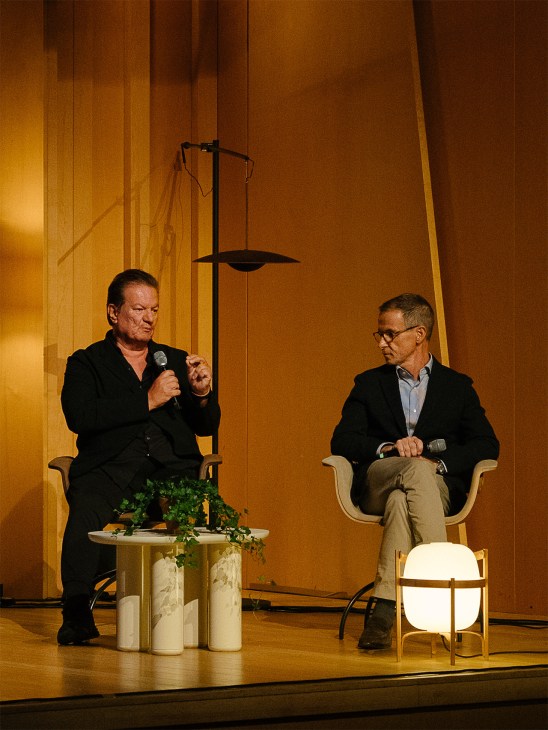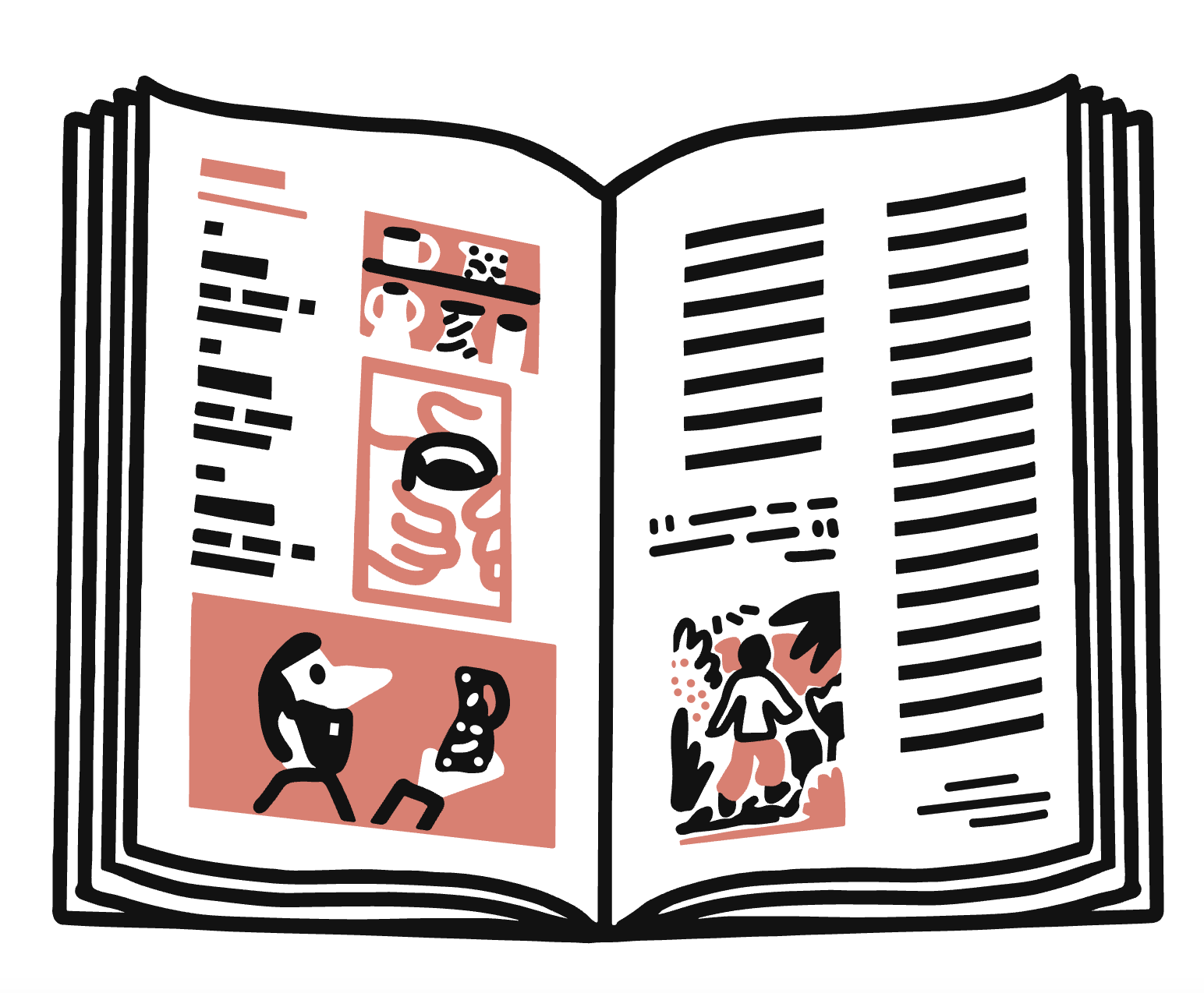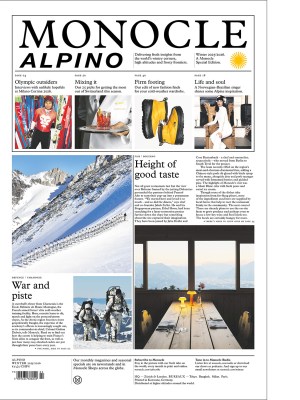Rethinking prayer: Emre Arolat on designing faith for the modern age
The celebrated Turkish architect explains how breaking from tradition led to a mosque that redefines spirituality through space, light and context.
Celebrated Turkish architect Emre Arolat joined us at this year’s Quality of Life conference to discuss his delivery of a contemporary mosque that has been embraced by worshippers and architects alike as a true modern marvel. He also revealed where he finds new starting points and inspiration after years in the business.

Andrew Tuck: Emre, you’re a prolific architect with projects all over the world: Albania, Japan, Russia. But, to me, Turkey’s Sancaklar mosque defies all expectations. How did you set about challenging not only Ottoman forms and characteristics but your own stylistic inclinations too?
Emre Arolat: It was a big challenge, to tell you the truth. The first thing that you face up to when you’re designing a mosque, especially in Turkey, is that classical Ottoman style. It can be difficult to ignore. The early meetings for this project weren’t very productive: people from the foundation arrived at my office, saying that they wanted a modern mosque, while waving a photo of a very conventional one with a standard cupola and traditional minarets. I said that I was sorry but if this was their understanding of ingenuity or modernity, we could not work together. They left.
AT: Slamming the door behind them, I’m sure.
EA: Something like that. But they returned a few days later – this time showing me photos of the land. I was astonished. It was a wild panorama. From the proposed space, you could see a 5km-long lake with the sun falling across it. A real, natural, virgin plot. I told them that I would take the commission but that they should have a back-up plan, because there was a high chance that they wouldn’t like what I would do with the space. They were on board. The next thing I asked for was more time because, right from those early days in the design process, we were very keen to understand what the essence of Islamic prayer is and I needed time to think about the place, the energy and the atmosphere. Context, in my opinion, is the most important aspect of architecture.
AT: There have been times when I’ve wandered into spaces – Grundtvig’s church in Copenhagen or the Abrahamic Family House in Abu Dhabi, for example – and felt my emotions soar. You feel something in such places. Do you think that architecture can create believers?
EA: I don’t think that spirit is directly linked to religion. For me, it’s something else. To design a beautiful and functional oncology centre, you don’t have to be a cancer patient. But as I say, that doesn’t mean it’s easy.
AT: So how did you get the Sancaklar mosque through?
EA: The proposal was a unique experience. When we did our first presentation to the members of the commissioning foundation, I recommended that they bring a small group, so that we could talk through it and check whether the mosque would satisfy the brief. They arrived with 45 people. The president of Diyanet [Turkey’s leading Islamic jurist] was even in attendance. They all took their seats and I made the presentation. When the lights came up, all 45 of them were sitting in silence. They looked to the president, who said, “If somebody showed me the renders on their own, without explanation, I would say it’s impossible; it couldn’t be a mosque. But since Mr Arolat has explained the story and the thinking behind it, why not?” It was a big surprise for me.
AT: Are you an architect who thinks about legacy?
EA: Of course. I’m more than willing to open the door too. There are many young architects who are engaging with this building. It has had a big effect in the industry. I’m happy to see it.
AT: Whether you’re making a mosque or rethinking a business, what’s your advice on creativity?
EA: To do something that’s original or genuine, you have to forget everything you know. You must be focused on the context, not only the geographical one but in a broader sense: politically, sociologically, demographically and environmentally. Regarding architecture, I believe that there are two schools: the first is the signature – you have your own style that is very visible and maybe famous, and you bring your architectural language to each area, city and context. The second is contextual architecture. I believe that my path is the latter. I say to my colleagues at the start of every project that we have to put down a blank sheet of paper. Forget all that we know. Then we can try to understand what is demanded of the project.
Monocle comment:
Creating buildings that are beautiful and suit their space and function but also defy expectations requires faith – and not always of the supernatural variety. This could take the form of an architect’s fearless creativity or the openness of clients and the people who end up using and inhabiting the space.


